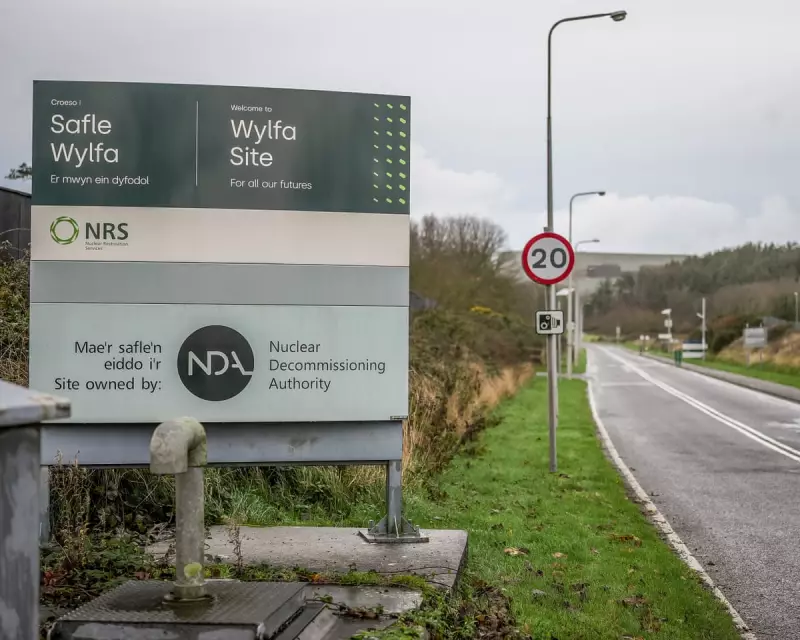
The United States and United Kingdom have embarked on what officials are calling a "golden age" for nuclear energy cooperation, with plans to jointly develop a new generation of nuclear power stations. This landmark partnership, announced on Wednesday, centres on the Wylfa site in Anglesey, North Wales, chosen as the preferred location for a major nuclear development featuring cutting-edge small modular reactor (SMR) technology.
The collaboration, sealed by US energy secretary Jennifer Granholm and her UK counterpart, Ed Miliband, represents a significant step in both nations' quest for energy independence and achieving net-zero carbon emissions. The initiative promises to create thousands of jobs and aims to provide a substantial boost to the local economy in North Wales.
A Strategic Energy Partnership Takes Shape
The agreement, detailed in a new 'Partnership on Nuclear Energy (PONE)', commits both countries to a shared vision for advancing civil nuclear power. A key immediate action is the creation of a joint 'super-team' of nuclear development experts. This team will work to rapidly bring American-designed small modular reactors to the UK market.
The Wylfa site on the island of Anglesey has been officially designated as the location for a new nuclear power station, with plans for it to host a fleet of SMRs. This decision breathes new life into a location with a long nuclear history, following the decommissioning of its former Magnox power station.
Beyond Wylfa, the partnership includes a wider commitment to support the development of a further large-scale nuclear power plant in the UK, leveraging US expertise and technology. The UK government has also pledged to work with the Nuclear Decommissioning Authority to identify other potential sites for these advanced nuclear projects.
Economic and Energy Security Implications
This transatlantic alliance is positioned as a direct response to global energy market volatility and the urgent need to transition away from fossil fuels. Secretary Granholm emphasised that the partnership would "bring down prices for consumers" in the long term by providing a stable, reliable source of clean power.
For the UK, the deal is a cornerstone of its strategy to quadruple nuclear power capacity by 2050, a target set by the previous government and reaffirmed by the current Labour administration. This expansion is seen as critical for ensuring the UK’s future energy security and meeting its legally binding climate targets.
Ed Miliband stated that the collaboration would "unlock investment and create jobs across the country," with a particular focus on revitalising the nuclear supply chain. The focus on SMR technology is crucial, as these smaller, factory-built reactors are considered faster and potentially cheaper to deploy than traditional large-scale nuclear plants.
The Road Ahead for Nuclear Power
The partnership signals a strong political consensus in both Washington and London on the indispensable role of nuclear power in a clean energy future. By pooling resources and expertise, the two nations hope to accelerate the commercialisation of advanced nuclear technologies, making them a more accessible and affordable option.
The announcement has been welcomed by industry leaders who see it as a vital catalyst for the UK's nuclear ambitions. The success of this initiative at Wylfa could pave the way for a broader rollout of SMR technology across the country, creating a new domestic energy industry and establishing a robust export market for British nuclear skills and services.
This US-UK nuclear pact represents one of the most significant energy collaborations in recent years, setting a clear path towards a future powered by secure, low-carbon, and domestically produced electricity. The world will be watching closely as this ambitious partnership begins its work at the iconic Wylfa site.





